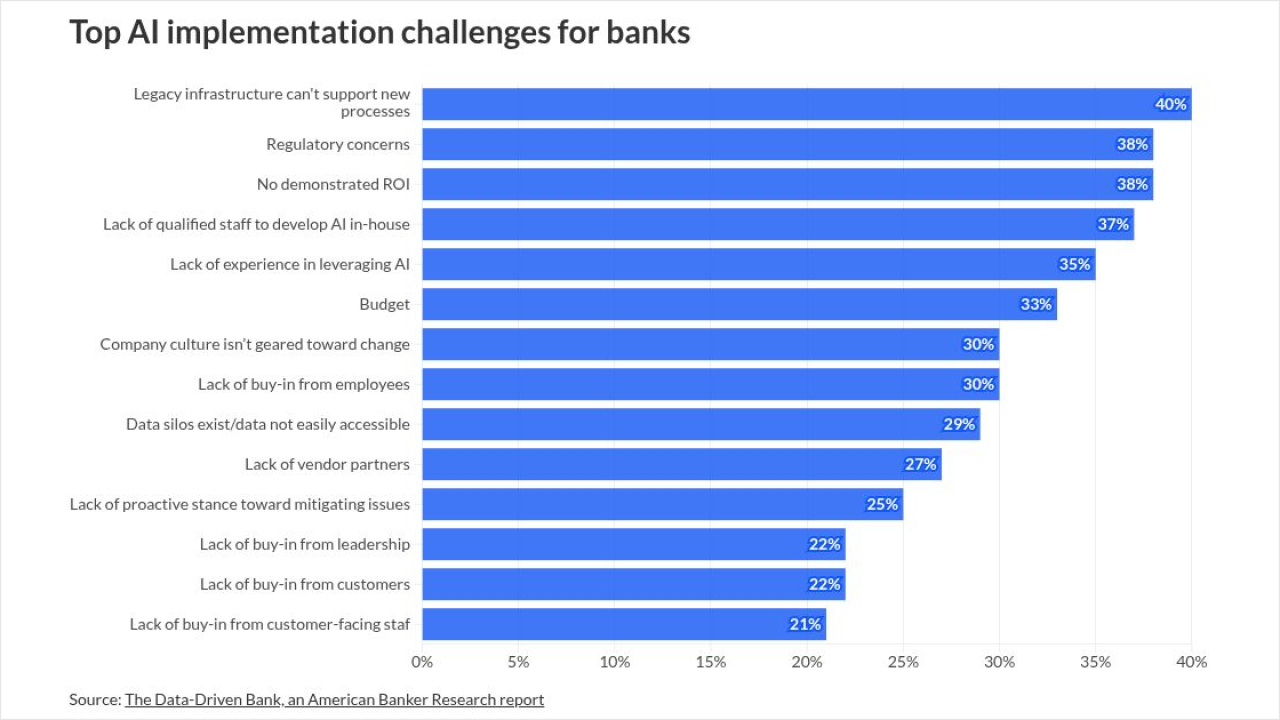
There is no such thing as the perfect bill. And, in politics, there is
The GENIUS Act, currently pending before the House of Representatives, sets up a
Yet many in the crypto industry are critical of a significant prohibition
The ban is seen as a self-defeating
While based on sound financial logic, the criticism reflects unrealistic expectations of how fast traditional finance can absorb change, and overlooks the flexibility and connectivity of blockchain applications. It also highlights how our understanding of money is evolving, and suggests a path of reform for the banking industry.
To see how, let's take a look at some of the more common objections:
One is that stablecoin issuers can get rich while returns for users of the product are suppressed. Issuers have to keep stablecoin reserves in cash and cashlike assets such as money market funds, or MMFs, and short-term Treasuries which, for now, pay a decent yield. This is the main source of the issuers' revenue even though they are not "investing" their own money — unlike professional asset managers, they are earning profits off of client funds without sharing the reward.
Another is that the yield on MMFs and short-term Treasuries comes from the government and therefore, ultimately, the public. So, essentially the public is funding the revenue of stablecoin issuers, but cannot get any of it back through use of their approved products.
A third is that the ban holds back stablecoin growth in order to prop up a banking industry that pays virtually nothing on risk-free client deposits while engaging in variable-risk lending. Why should the stablecoin industry be penalized in order to protect an asymmetric risk structure that favors large institutions at the expense of the small-business or retail saver?
And anyway, it's not as if bank deposits don't already face stiff competition from money market funds, ETFs, stock investing apps and more.
Yet, while these arguments may resonate amongst those frustrated with the current financial system, interest-bearing payment stablecoins make little sense.
For one, in traditional banking, deposit interest is not tied directly to the money, it's tied to the account — a balance can move from one account to another, and the yield might change even though the balance hasn't. The on-chain equivalent would be the blockchain wallet holding one or several addresses. Were issuers to promise interest, they would need to pay a specific address, and would therefore need to know the addresses of all holders of their stablecoins. They would also need to apply anti-money-laundering and know-your-customer checks to each to prevent payments to blocked entities, adding burdensome compliance steps and weakening support for self-custody, a key resilience feature for crypto enthusiasts.
Plus, how would interest payments on stablecoins, if allowed, be calculated and with what frequency? Once a day, once a minute? What would happen to interest accrued on tokens that moved in between calculation periods? It's not hard to see how this would complicate Treasury management, accounting, ownership issues and more.
What about the use of stablecoins in decentralized finance, where yield is paid on a fixed balance? If a stablecoin is accruing interest, the balance is not fixed.
The Republican Freedom Caucus wants to combine the market structure bill with another measure prohibiting the formation of a Central Bank Digital Currency. That move could tank the market structure bill's chances of becoming law, and with it the banking industry's best chances of getting its priorities enacted.
And then there's the question of purpose: Payment stablecoins are meant to move frequently. This complicates the payment of asset-linked interest, as I explained above.
Stablecoins held as a store-of-value, such as in countries with more volatile currencies, are a different story, as are idle "just in case" balances.
Tokens designed for these use cases can earn a yield, either through the sharing of reserve revenue, or programmatically with the asset itself issuing new tokens as yield. The GENIUS Act does not prohibit that — all it says is that they cannot be payment stablecoins.
But they don't need to be. These days, payment stablecoin balances can be switched over to interest-bearing balances instantly with a simple click, as both types of assets sit on the same rails. Wallets can even be programmed to adjust balances automatically, switching back and forth as needed — funds move into an interest-bearing asset or even a yield-generating blockchain application if they don't need to move, and then back into payment stablecoins when a transfer needs to be made.
Zooming out, the bigger story is not about whether stablecoin balances can earn interest, nor whether the GENIUS Act is kowtowing to the banking industry. It's about the evolving structure of money on the one hand, and the lack of banking evolution on the other.
Essentially, the GENIUS Act is trying to make stablecoins as money-like as possible, which is both a practical move and a necessary stepping stone to greater adoption as financial evolution is only comfortable when in small steps.
Yet the interest-earning debate does raise bigger questions about the banking industry as a whole.
At issue is not so much the
Put differently, perhaps the emergence of stablecoins will encourage banks to rethink their business model as well as their approach to customer service. Perhaps on-chain innovation will do more than change how assets move and how we transact and save — perhaps it will also trigger further consumer-friendly evolution in traditional banking.






